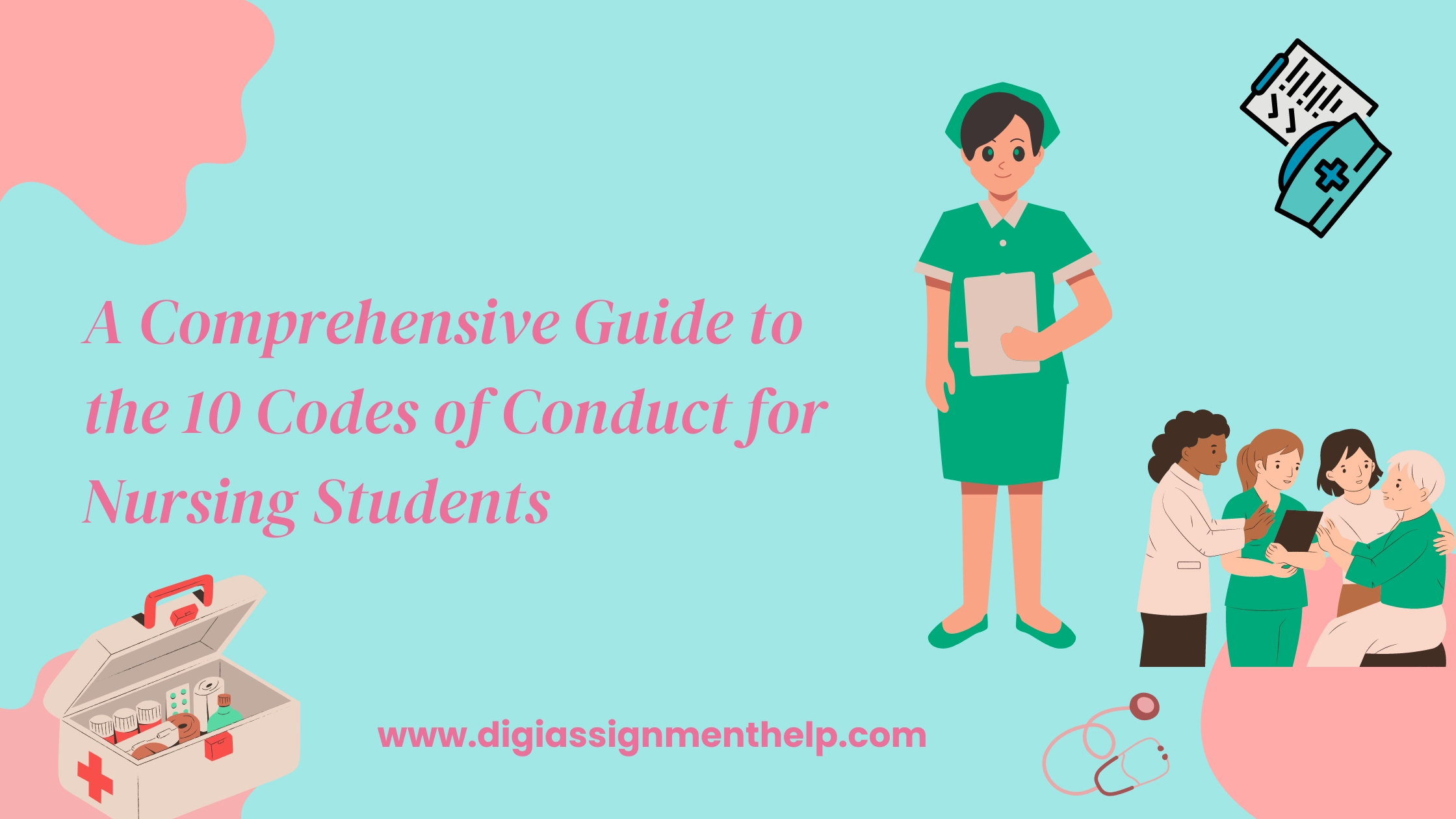How To Conduct A Nurse Risk Assessment
 07-May-2024 07:05 AM
07-May-2024 07:05 AM
.webp)
How To Conduct A Nurse Risk Assessment
Taking care of a patient requires a nurse risk assessment. It guarantees the safety and well-being of those receiving nursing treatment. It entails determining potential health hazards to individuals and reducing them.
Nurses can stop bad things from happening by doing thorough risk assessments. They can improve patients' health and help create a safety mindset in healthcare situations. This article will go over the process for performing a nurse risk assessment in detail.
Step 1: Pinpoint Potential Risks
During the first part, the main goal is to find possible dangers that could put patient safety at risk. This thorough process involves carefully looking at a lot of different things.
These include the patient's medical background, any current health problems, their environment, and the details of their care plan. Mistakes with medications and patient falls are two of the many common risks.
There is also a chance of getting illnesses and having problems after medical treatments.
Step 2: Assess Risk Severity
After listing possible risks, the next important step is carefully considering how bad each risk is. This evaluation thoroughly examines how likely the risk will come true. It also includes the possible effects on the patient's health.
High-severity risks need quick and robust action plans to stop bad things from happening. On the other hand, risks thought to be less severe may need to be watched over time. They might need to act proactively to reduce their risk to patient safety.
Step 3: Create Risk Reduction Plans
After determining their severity, nurses must develop effective strategies to lower the hazards. These methods must make bad things less likely to happen. This could mean taking preventative steps like checking on patients often and making sure they take their medicine correctly.
It could also mean keeping the area clean and safe and teaching patients to care for themselves. Using evidence-based methods and working together with other healthcare workers can improve risk-reduction strategies.
Step 4: Implement Risk Management Plan
Putting in place a thorough risk management plan is a crucial step after developing ways to reduce risks. The healthcare team needs to have straightforward jobs and duties. It ensures everyone knows what they can do to help keep patients safe.
Set up rules for communicating and monitoring risks so that information flows smoothly and people can step in when necessary. During implementation, it is essential to follow safety rules and standards.
Always giving their patients the finest care possible is the duty of nurses. A cautious approach to patient safety means monitoring the risk management plan daily.
Step 5: Monitor And Review
Monitoring and reviewing all the time are essential parts of the nurse risk assessment method. Nurses are very important for making sure that risk-reduction tactics keep working.
They do this by regularly looking at how their actions affect how well patients do. Nurses can find any exceptions to expected results by carefully watching and collecting data.
They can also quickly make changes to the plan for managing risks if they need to. When healthcare team members can talk to each other clearly, they can work together and quickly deal with new risks. It makes it possible to give good care to patients.
Step 6: Document And Report
An essential part of nurse risk assessment is keeping records. One must record the assessment method, risks found, ways to reduce those risks, and the results.
Maintaining continuity of care requires accurate and complete paperwork. It makes it easier for healthcare team members to talk to each other.
Another use for it is as a guide for future evaluations and actions. Also, nurses should follow the rules for reporting bad things that happen or close calls. It helps with quality growth and learning within the company.
Conclusion
Nurse risk assessment is an integral part of healthcare. It ensures that the people cared for by medical workers are safe and healthy. By following the steps above, nurses can significantly reduce the chances of bad things happening.
They help to make sure that patients have good results. However, it can be challenging for students to do their schoolwork on this subject. In this case, Digi Assignment can help you.
The team includes experienced writers and experts in the fields they write about. Digi Assignment can help with nurse risk assessment tasks in a way that is unique to each student. As you work toward your academic goals in nurse risk assessment, let Digi Assignment help you.











.webp)
















 +44 74 8881 8568
+44 74 8881 8568